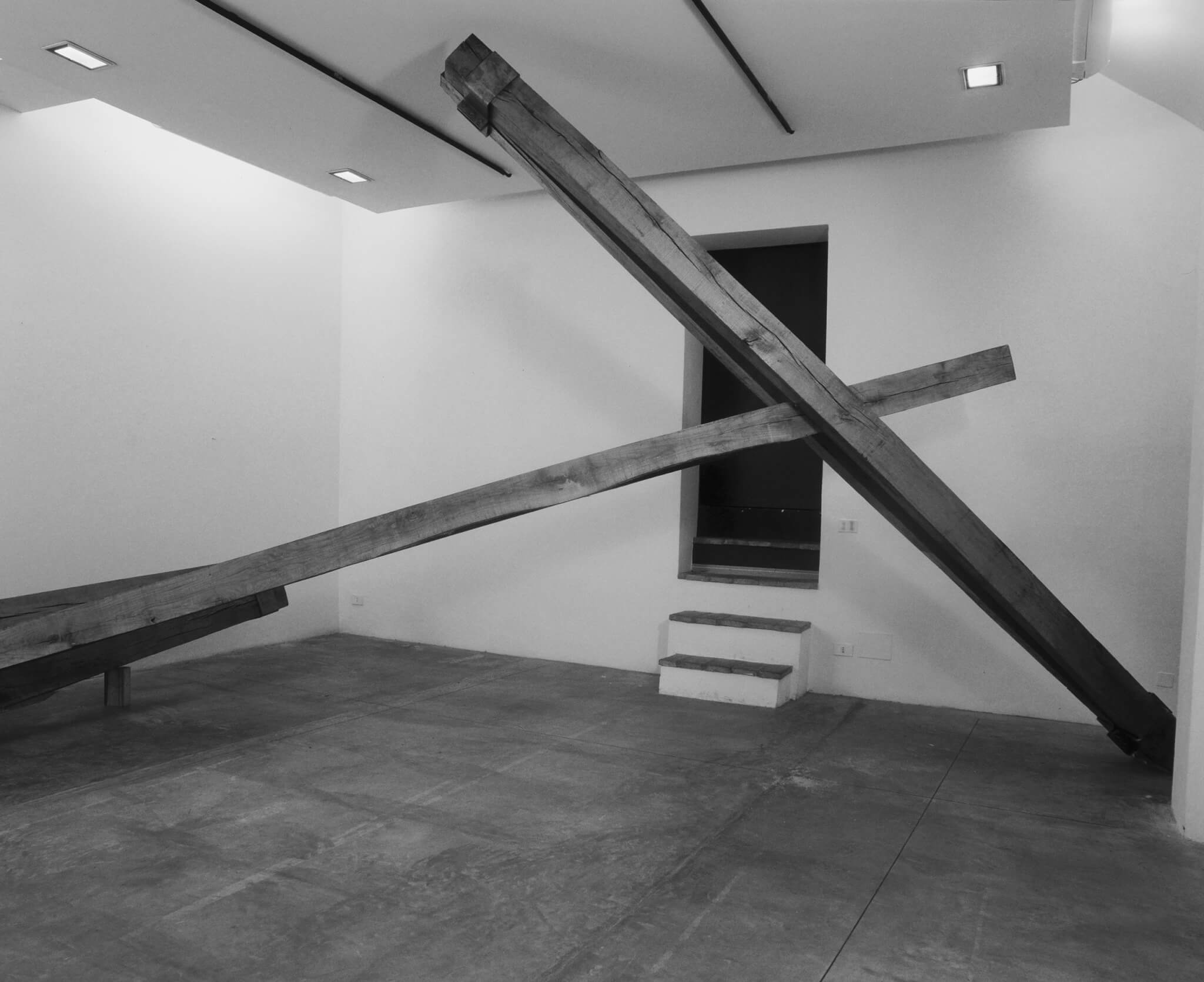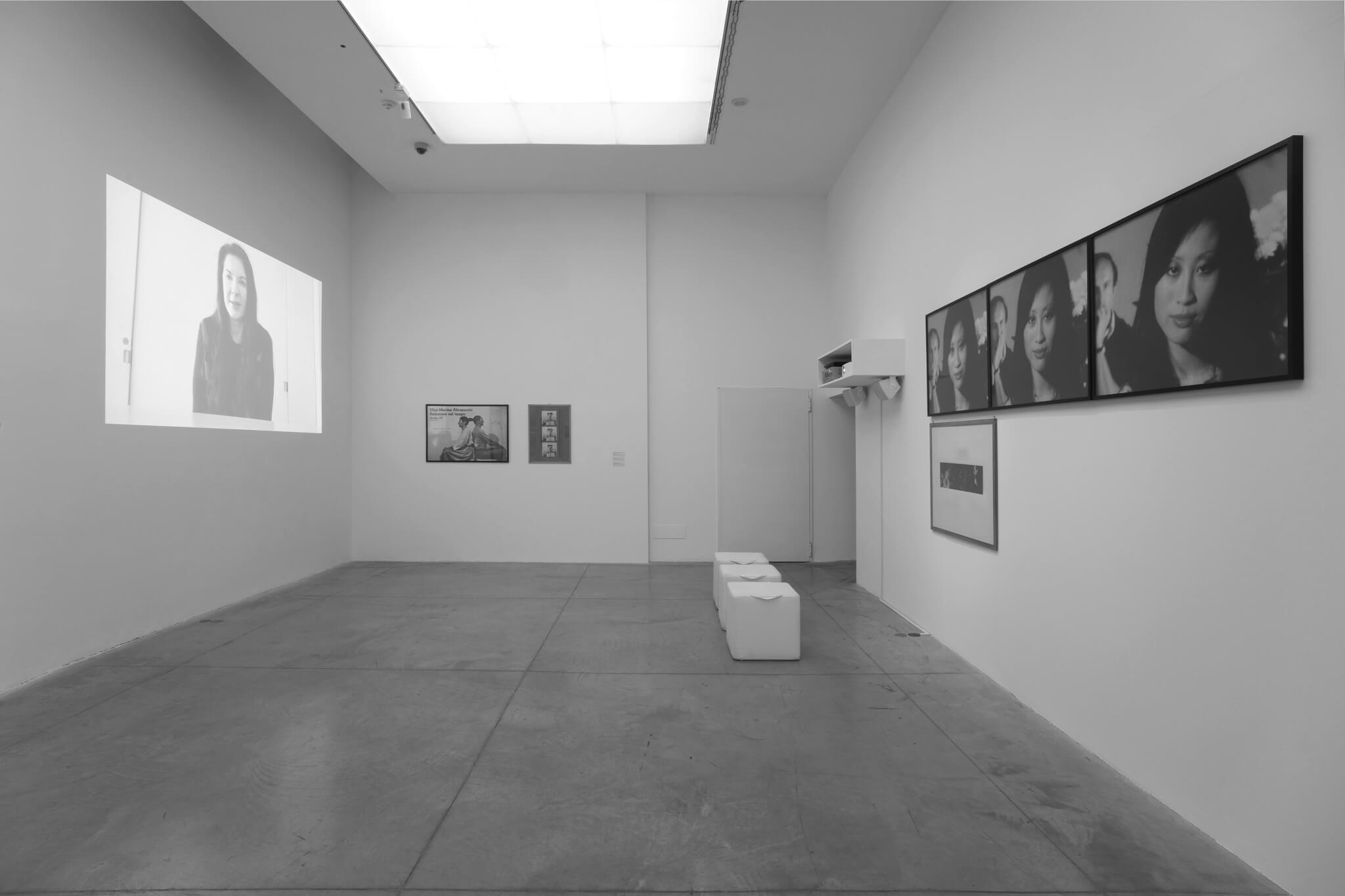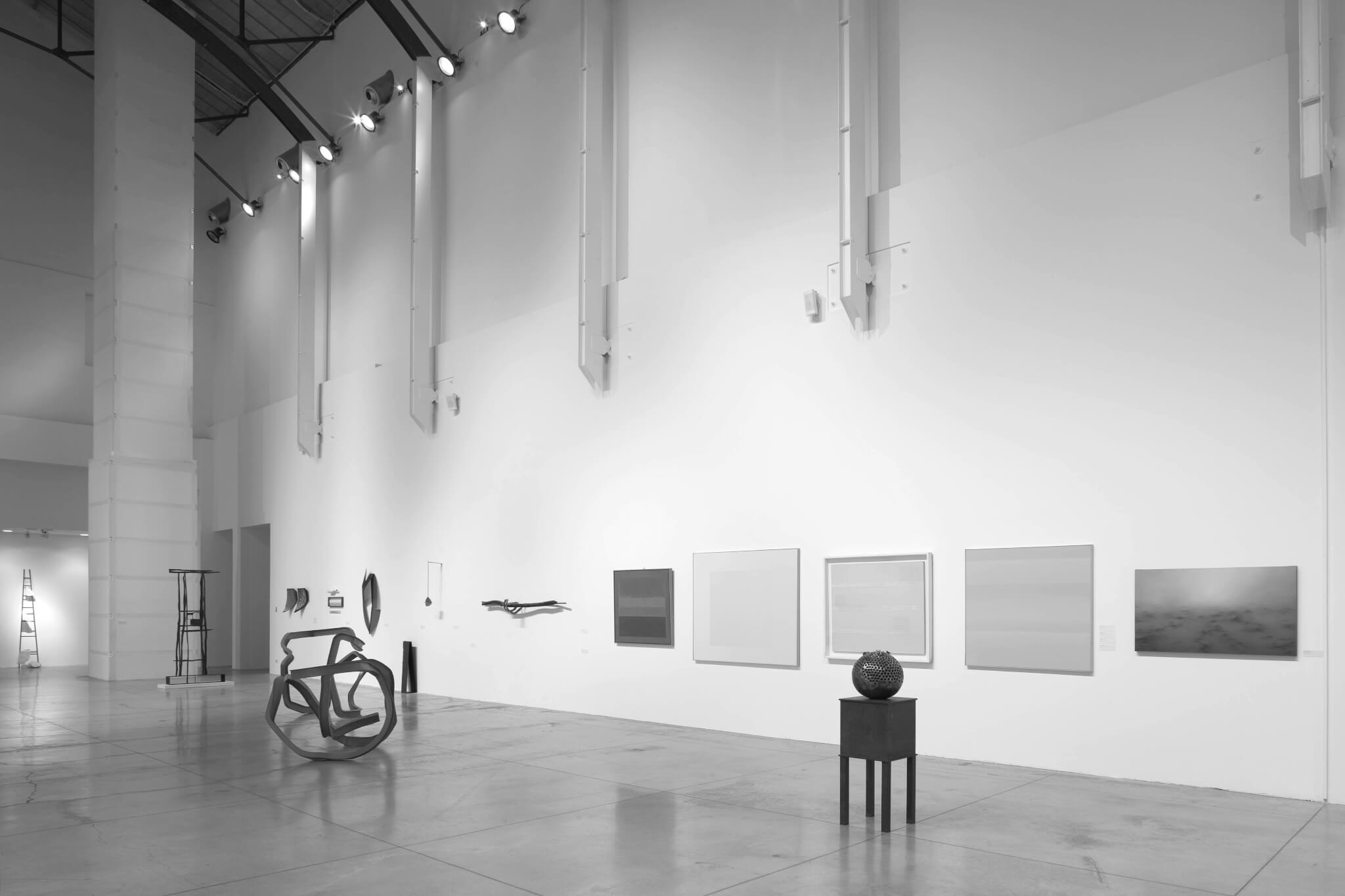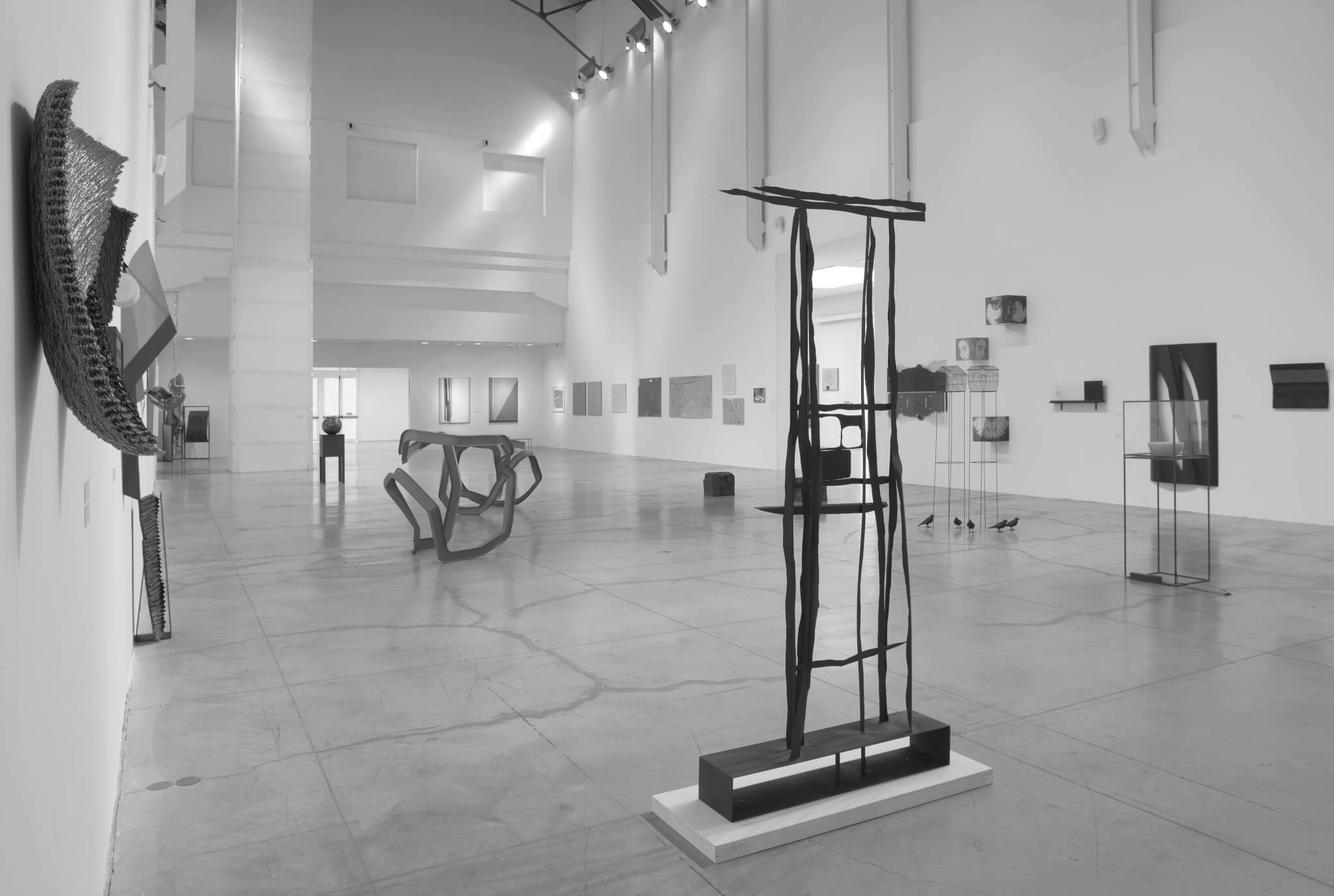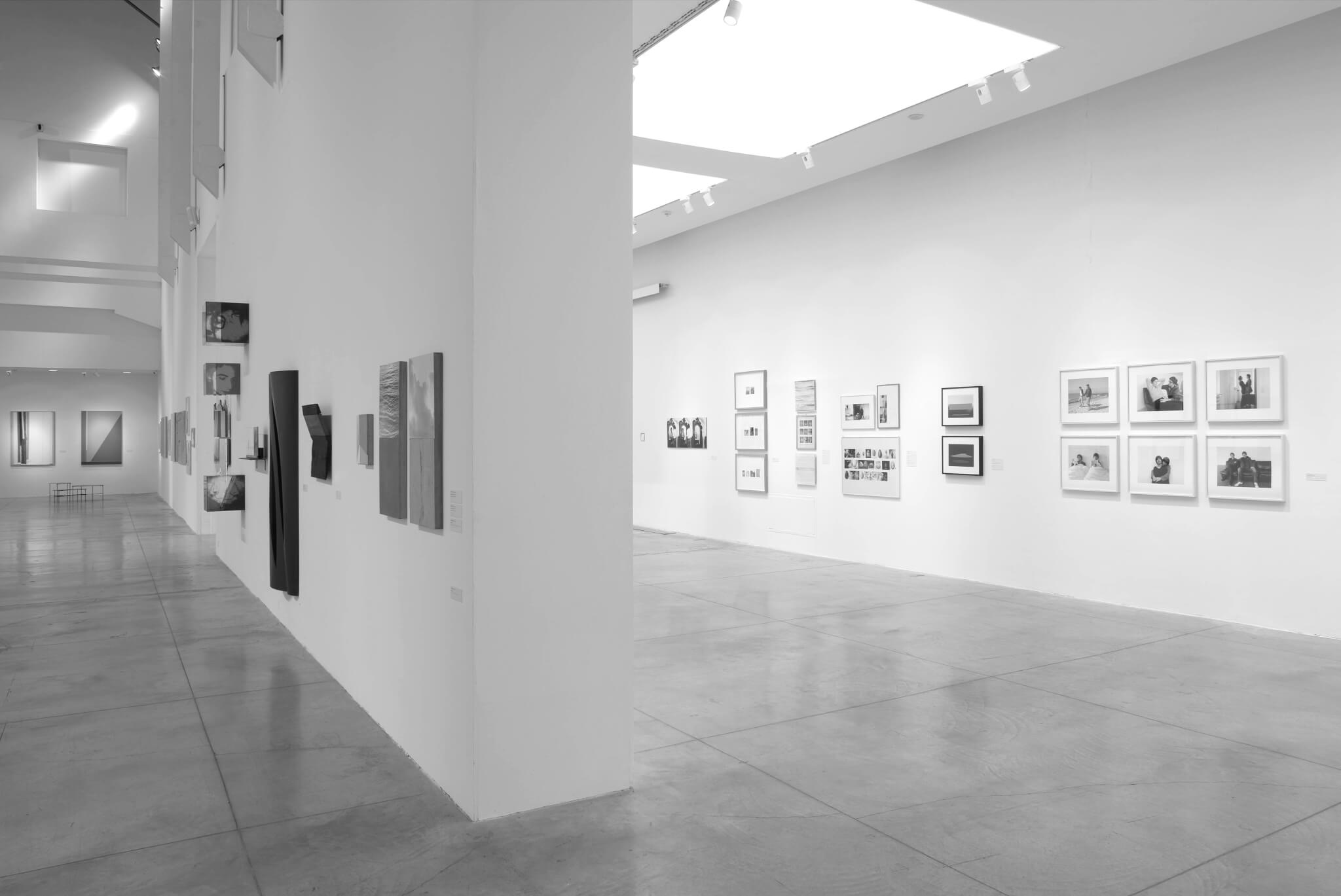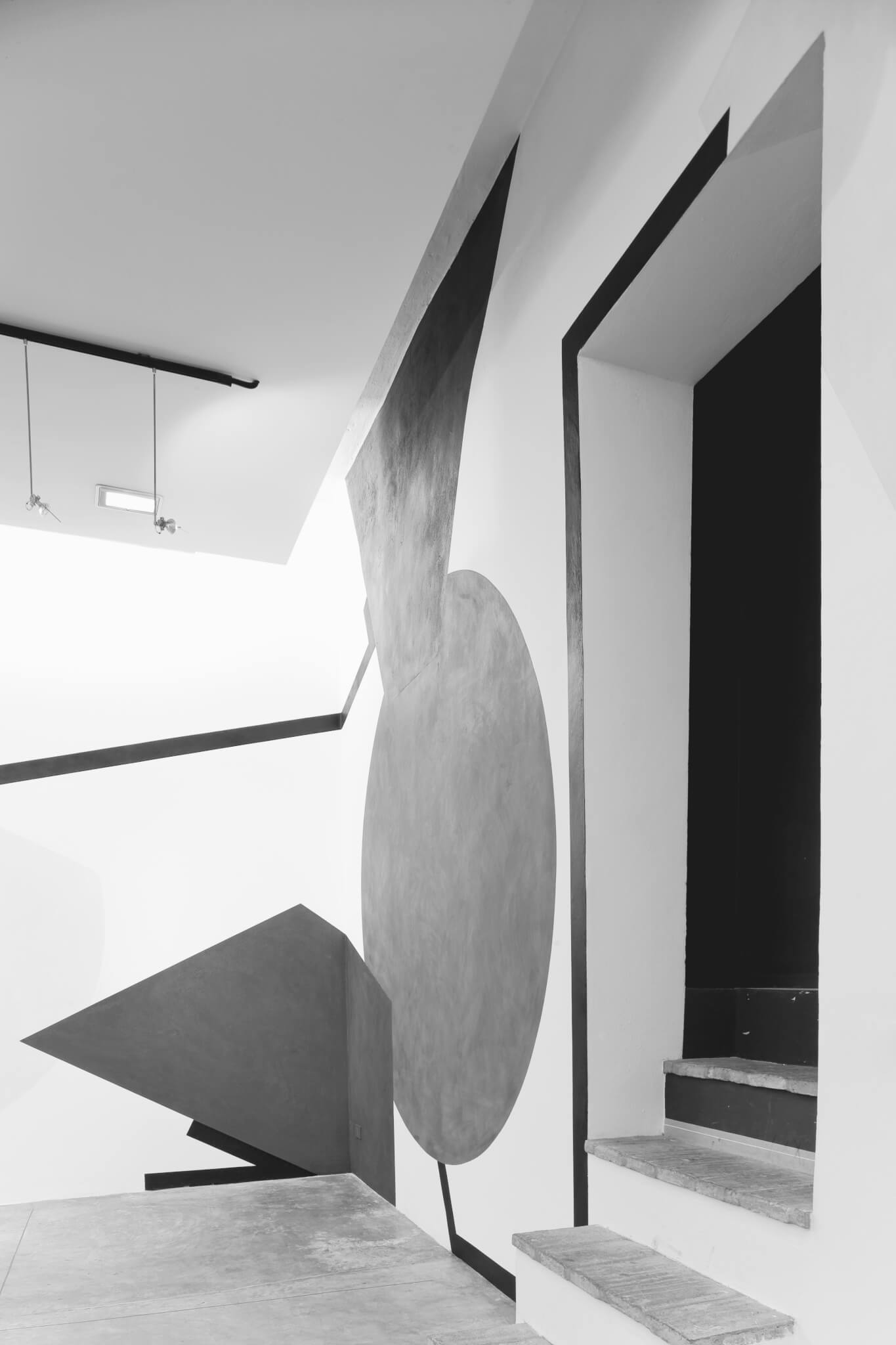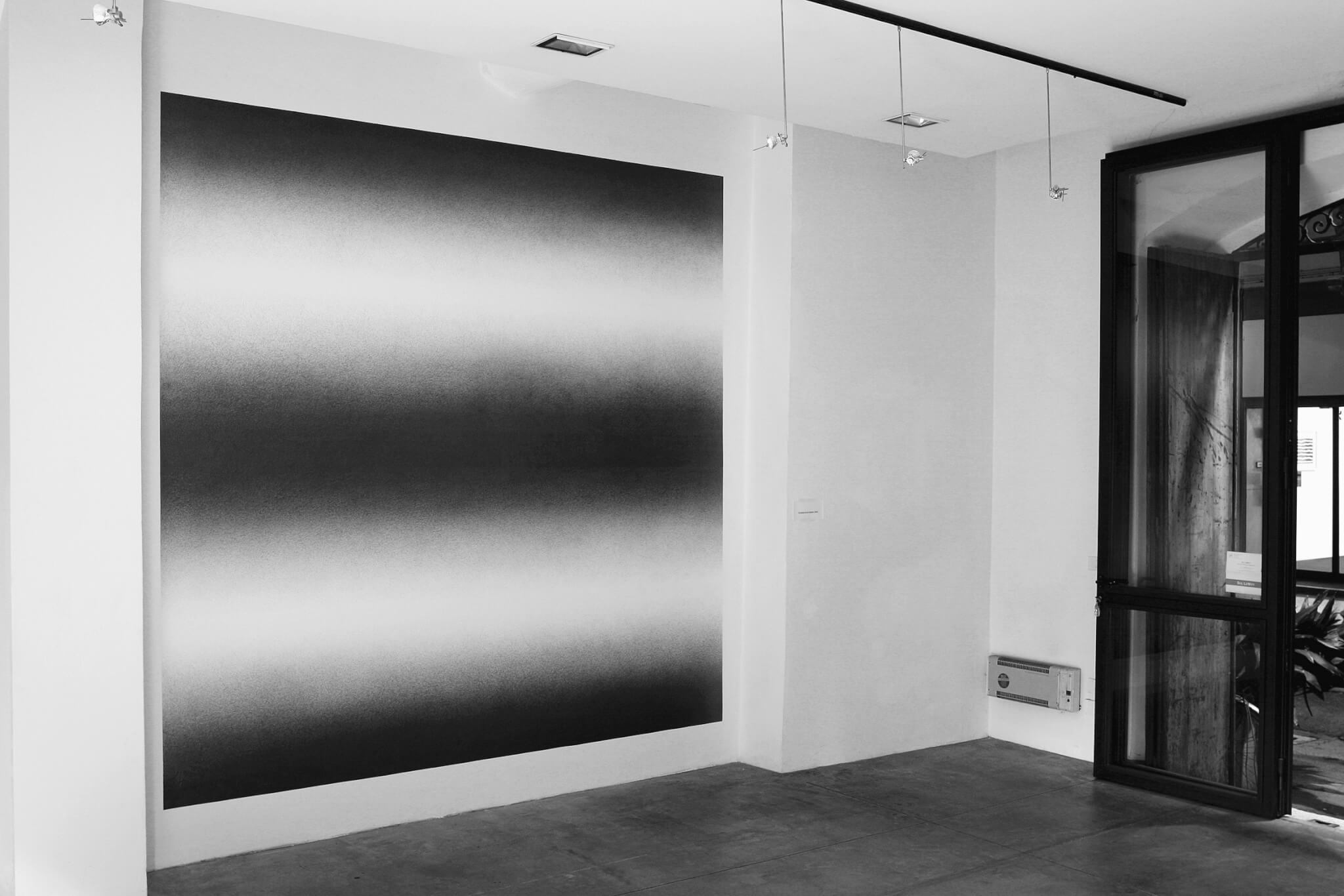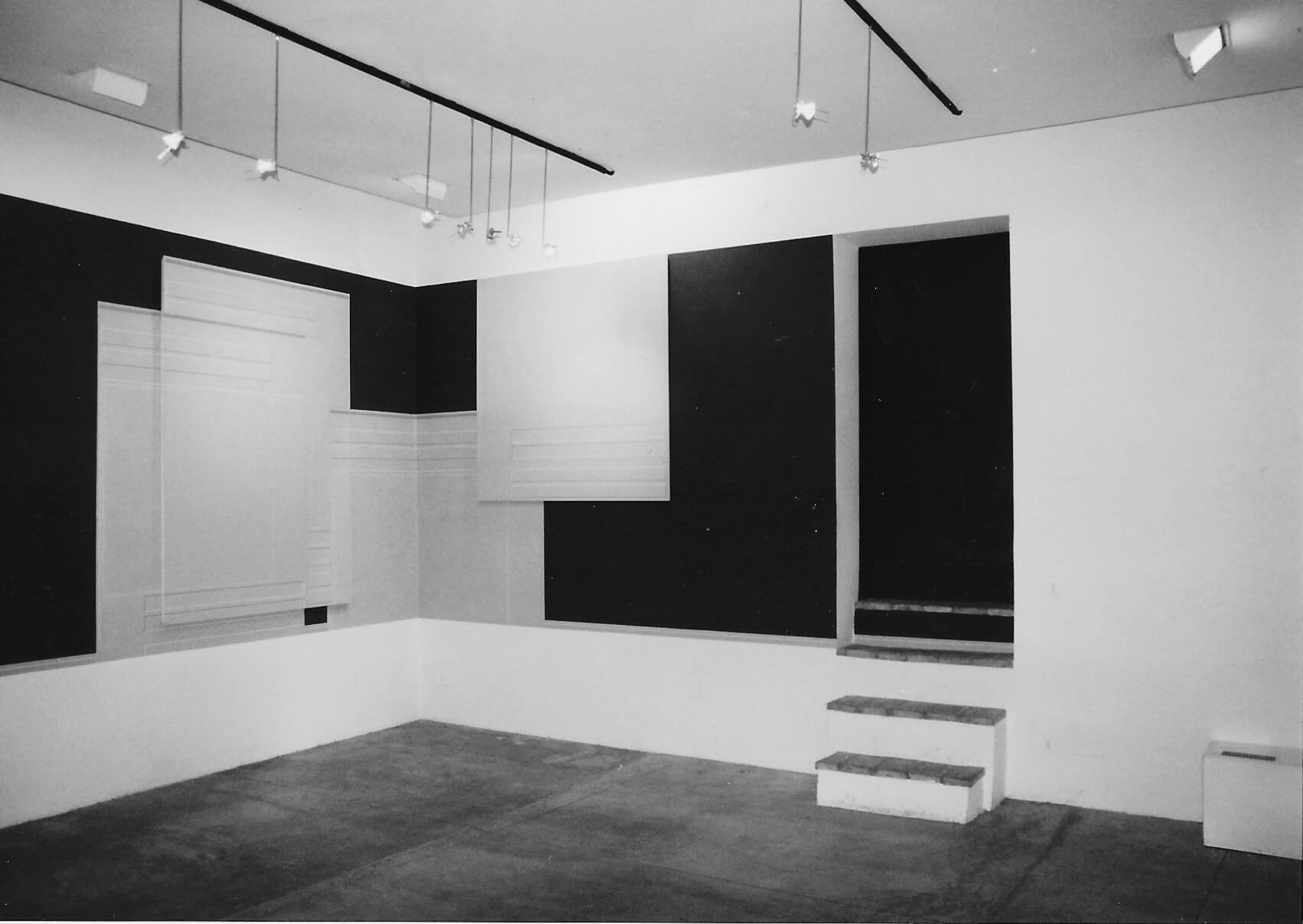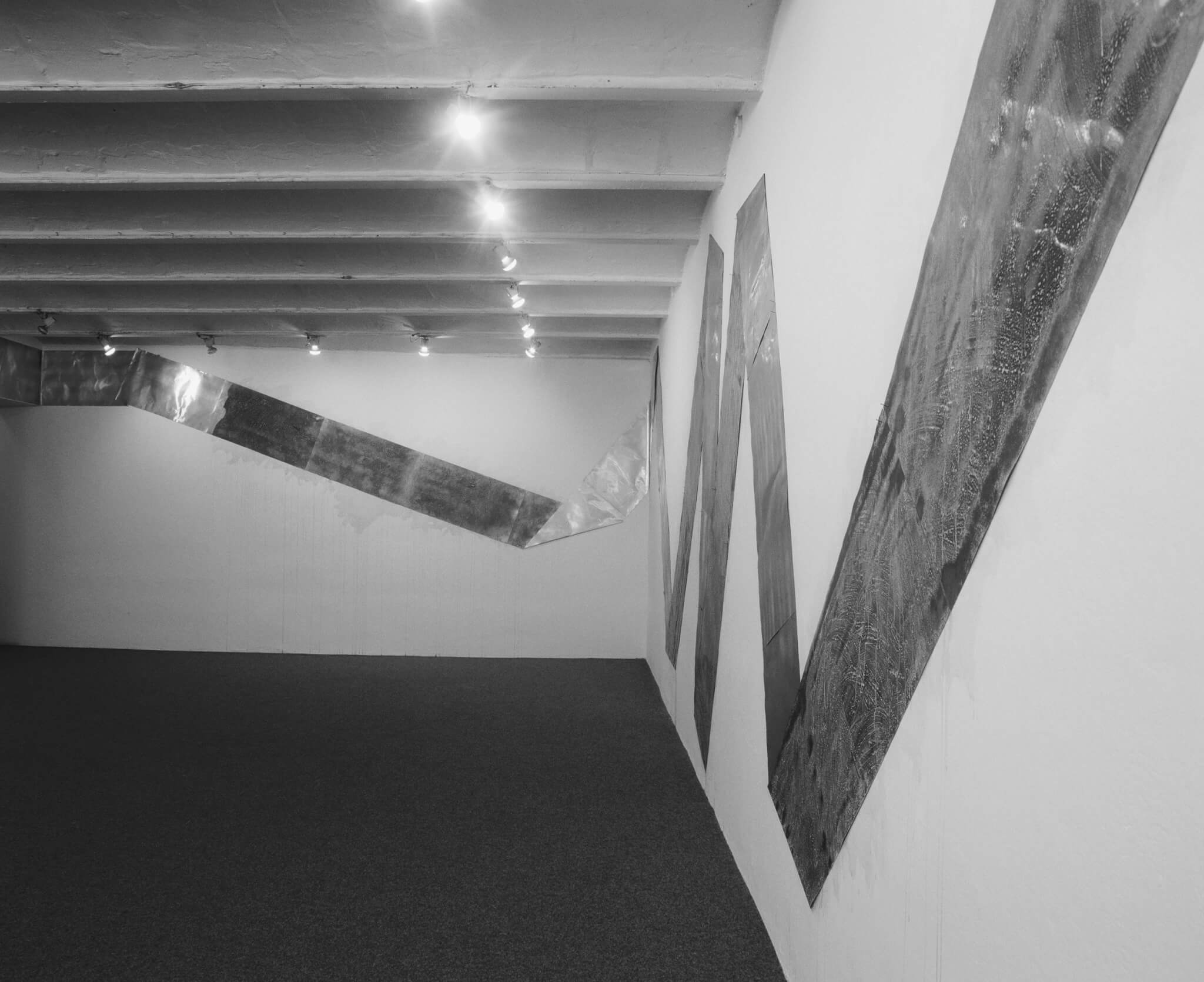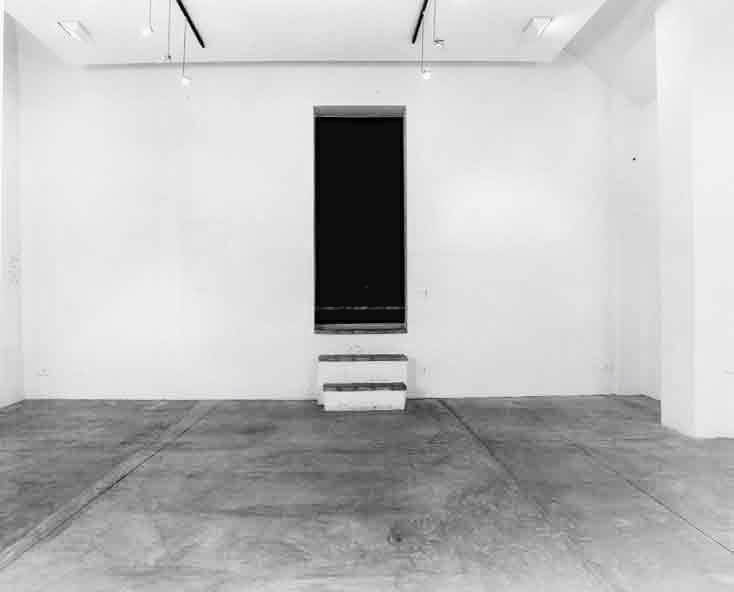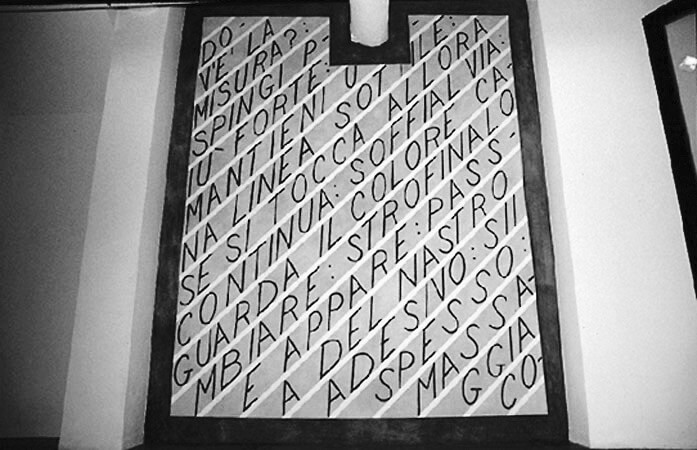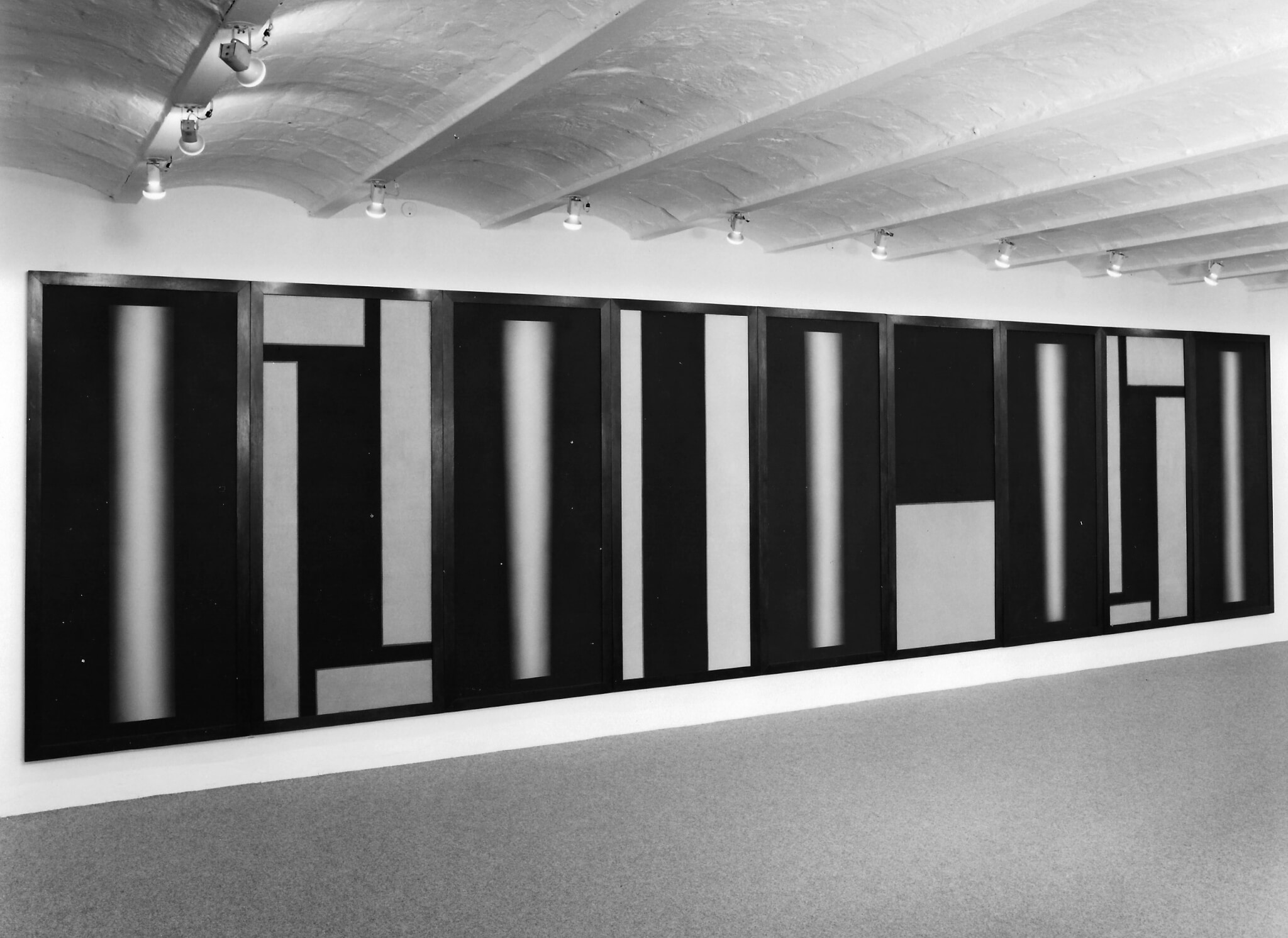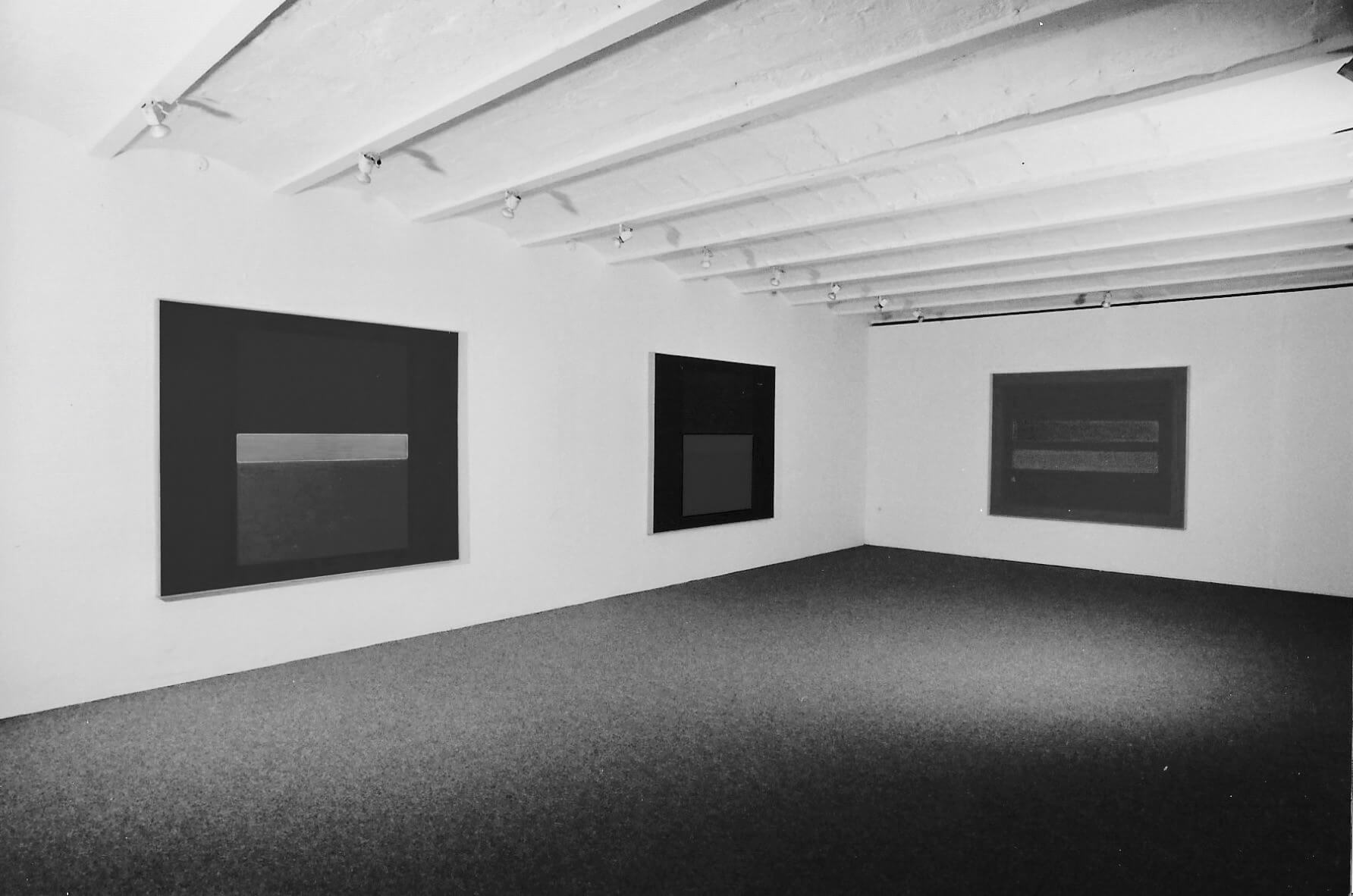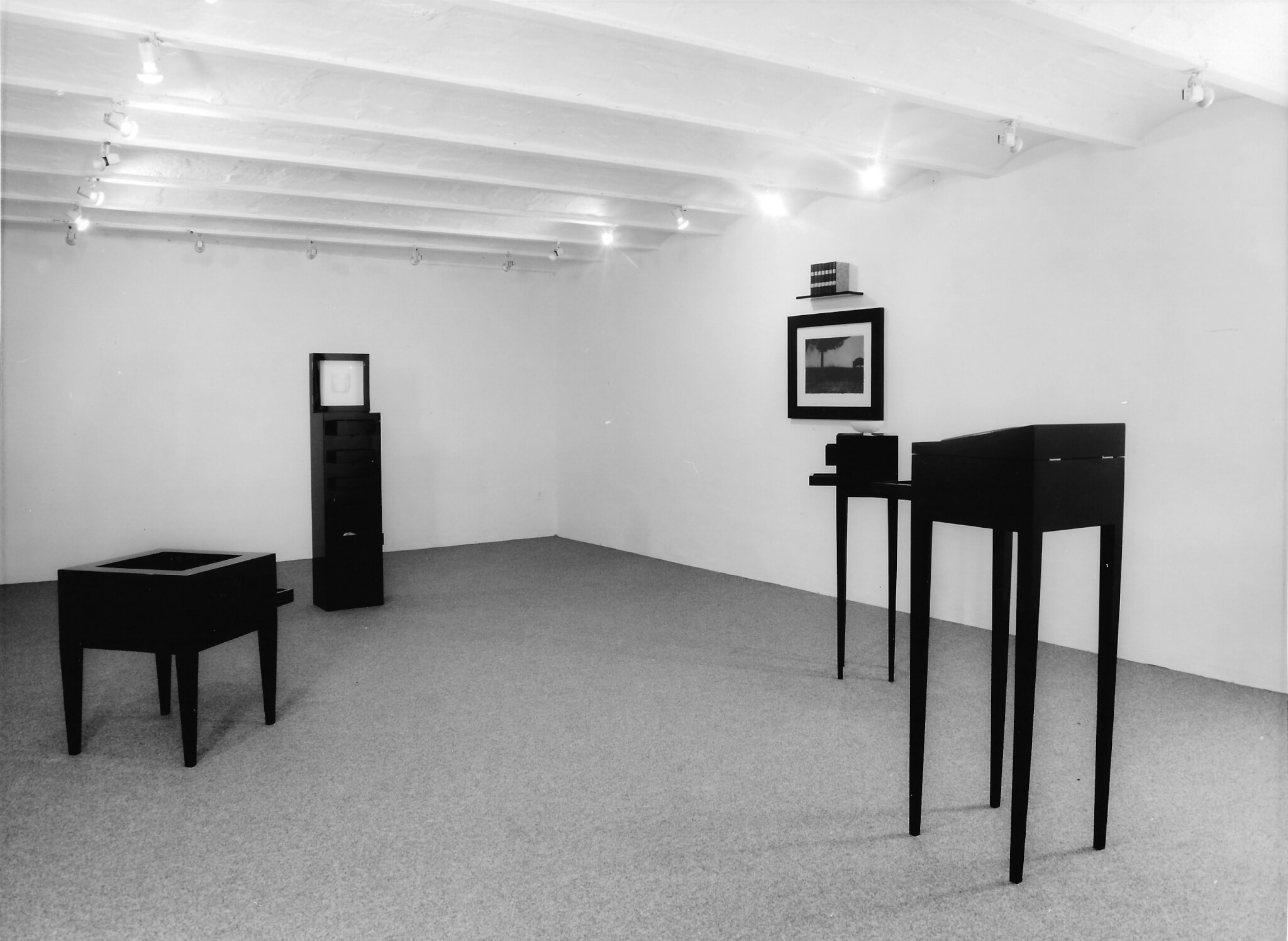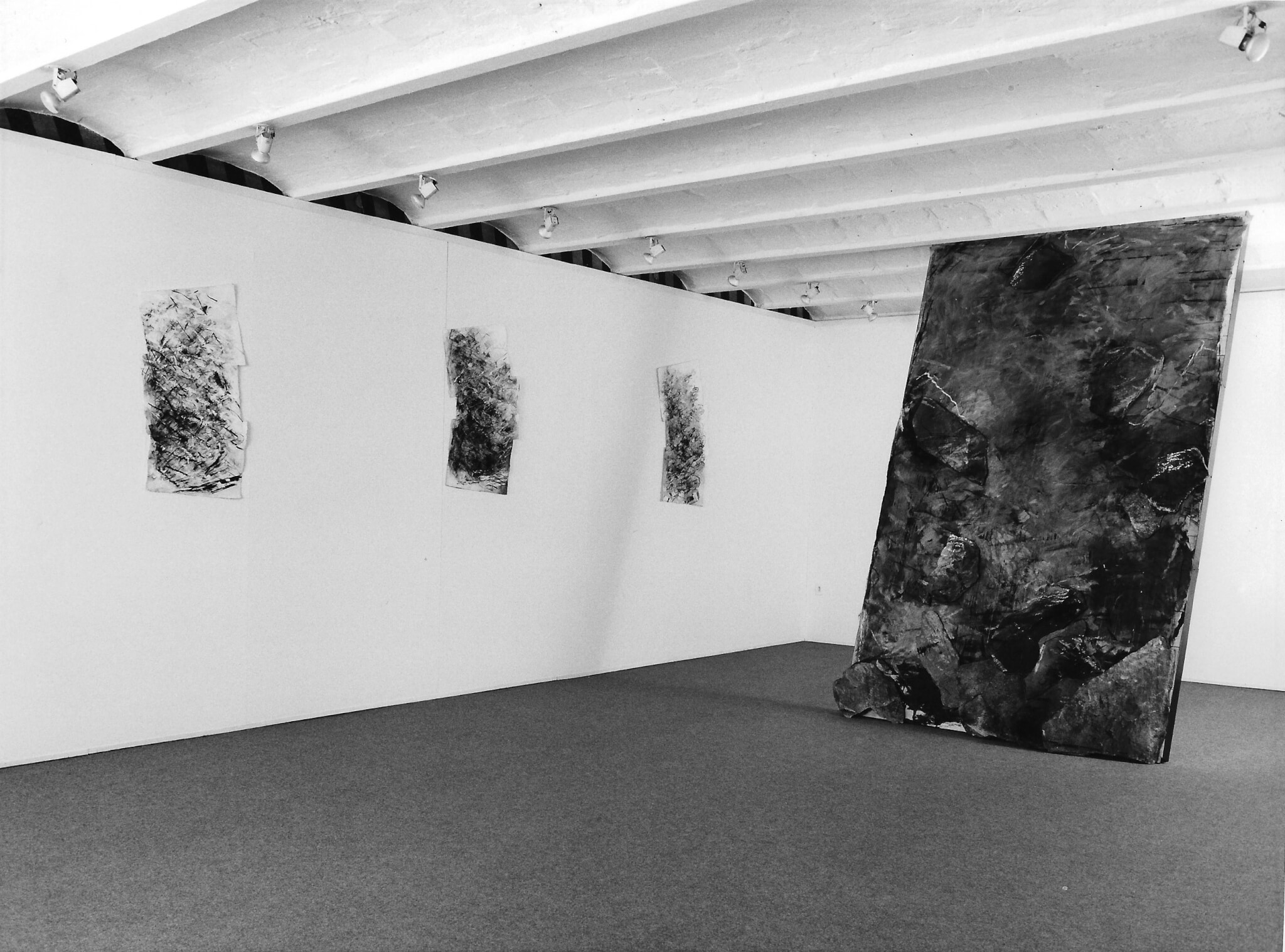Galleria Studio G7
As contemporary art gallery founded in Bologna by Ginevra Grigolo in 1973 and currently directed by Giulia Biafore, Galleria Studio G7 promotes a cultural programme through a direct collaboration with the artists it supports with the aim of fostering and internationally disseminate their own research. Galleria Studio G7 participates in the most relevant Italian contemporary art fairs, boasting an important and growing participation within the international context too. The gallery's exhibition programme is combined with a constant collaboration with public and private institutions in the national and European context.
In the new millennium the gallery presents, from 2005 to 2008, solo exhibitions by LeWitt, Nagasawa, Poirier, Tremlett, Erben.
The activity continues with a particular interest in the latest trends by presenting the research of Mariateresa Sartori, Daniela Comani, Flavio de Marco, Gregorio Botta.
Since 2009, Galleria Studio G7 has left its historic headquarters and continues its activity exclusively in the Ex Falegnameria, which will take the historic name of the gallery.
In April 2017 the gallery celebrates 44 years of activity by creating a retrospective exhibition hosted by MAMbo, the Museum of Modern Art of Bologna. There, the gallery retraced its history and underlined the importance of each and every artist in this journey and in the definition of the gallery's identity in making contemporary art.
During the nineties other foreign names entered the gallery: the Catalan Hernandez Pijuan, the Korean Chung Eun-Mo, the Germans Raimund Girke, Ulrich Erben, Thomas Deyle, the British David Tremlett. Participation in some of the most important international fairs such as Basel, Cologne, Madrid, Frankfurt, Los Angeles, Bologna continued, allowing Galleria Studio G7 to gain notoriety abroad and expand its network beyond national borders.
In 1994 a new space was added to the gallery's exhibition rooms, the Ex Falegnameria, located right in front of the historic headquarters of Studio G7. The walls are used in 1998 by David Tremlett, who created a large wall drawing, then Hidetoshi Nagasawa and Ulrich Erben.
In the choices made by the gallery over the years, alongside scientific rigor, light is shed on the centrality of the work of art which is endowed with an autonomous language.
Themes such as the passive role of the spectator when stimulated by the mass media, the unfathomable atmosphere of suspended and alienating environments, the blurred boundary between the two-dimensionality of drawing and the three-dimensionality of sculpture are just some of the elements developed by the personalities which collaborated with the gallery.
During the 1980s, the research work was accompanied by the consolidation of the collaborations started in the years of the opening. During this period, exhibitions focused on specific themes such as Voluti inganni. Disegno degli scultori italiani 1945 - 1987 where the works of 37 artists are reviewed and Il limite infinito, a series of exhibitions focused on the theme of the material body of the work.
The duo exhibitions started with Bartolini and Guerzoni, alternating with important solo exhibitions, occupy the space of three seasons. In fact, meetings with internationally renowned foreign artists belong to this decade, including Anne and Patrick Poirier, Bill Beckley and Sol LeWitt, who created, in 1986, a suggestive and enveloping atmosphere with the wall drawing Arcs from four sides on four walls.
The wall drawing experience once again testifies to the Gallery's ability to renew itself and anticipate the times, raising public awareness on fundamental artists in the contemporary panorama who were still little known in Italy.
Other wall works will follow such as those by David Tremlett, Flavio De Marco, Hidetoshi Nagasawa and Ulrich Erben.
Galleria Studio G7 was established on 13 October 1973 by Ginevra Grigolo, in the receptive and vibrant city of Bologna.
The inauguration party hosted the personal exhibition of Michelangelo Pistoletto, displaying steel mirrors covering the gallery walls, transforming them into “open artworks” and involving the surrounding space. According to the original project, which aimed at enhancing multiplicity in order to make it more accessible to differentiated audiences, the exhibition choices focused on English and American Pop Art artists with the works of Rauschenberg, Dine, Johns, Warhol, Lichtenstein, Rosenquist, Jones, Hamilton, Kitay, Tilson.
The interest towards the American hyperrealism and, afterwards, artists such as Albers, Nauman, Serra, Francis, are evidence of the intention to document the most important trends of that period, together with the activity of exploration and discovery.
With the same idea, the interest broadened to Arte Povera and conceptual art which sees artists such as Griffa, Penone and Zorio as protagonists of the events in the gallery.
In that period, Franco Guerzoni and Giulio Paolini started collaborating with the gallery, and they featured respectively in 1973 and 1974 in the personal exhibitions Archeologia and Apoteosi di Omero.
The environment experience took place in the first decade of activity. In this regard, we recall the solo show by Mac Adams, the performance Relazione nel tempo by Marina Abramovic and Ulay and Porci in alto, non è il caso by Luca Maria Patella.
As a centre for cultural experimentation, Studio G7 dedicated part of its activity to more varied creative forms for a certain period of time, in fact the gallery hosted presentation of films, slides, books and videos; Franco Battiato's concert the year it opened (1973) is unforgettable.
From 1976 until 1981, under the direction of Miro Bini and subsequently Adriano Altamira, the gallery published the magazine G7 Studio which involved scholars, teachers, critics and artists.
At the end of the 1970s, also by virtue of its participation in the most important national and international trade fair events, Studio G7 fully entered the group of the most culturally engaged galleries on the Italian scene.
